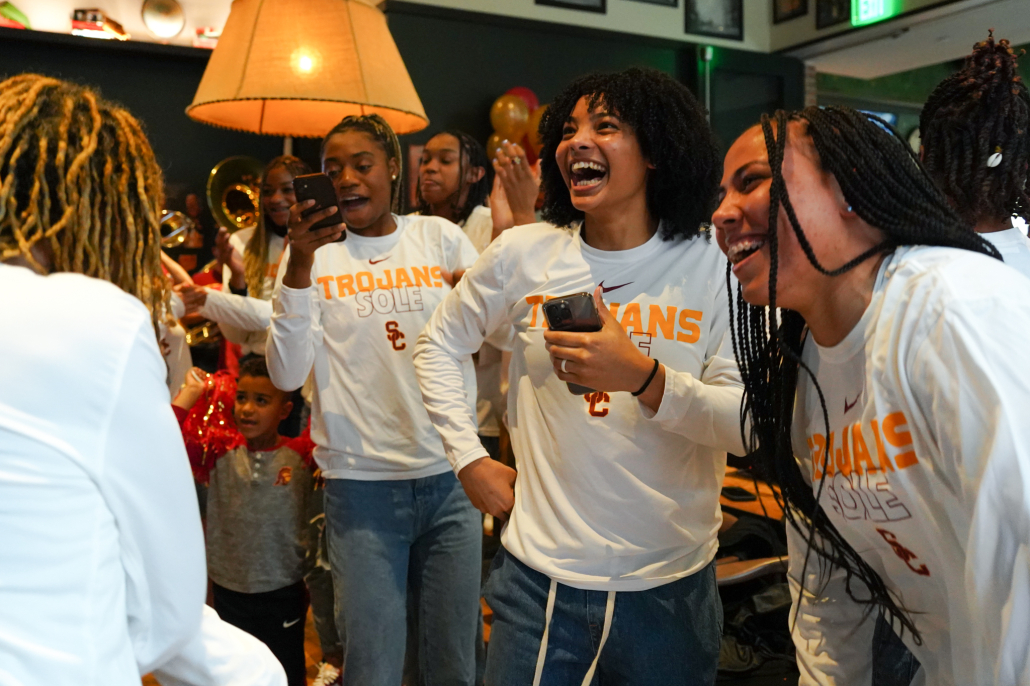Utah’s 2023 General Legislative Session brought a number of disappointments, with many bad bills passing and good bills getting buried. However, we saw one passed bill that will make a meaningful positive change in our state.
Rep. Jordan Teuscher’s H.B. 102 will allow DACA recipients in Utah to qualify for in-state tuition, making college much more affordable for those students. Nonetheless, while this bill is a step in the right direction for treatment of immigrants in Utah, we need to do more.
The Spirit of DACA
When people are brought to the United States as children, illegally or not, they grow up here. They consider the U.S. their home because they remember no other. Sometimes they only speak English. Undocumented children, often dubbed “Dreamers,” are American in so many ways, but they are excluded from citizenship and its benefits. They face constant risk of deportation and can’t get a license or go to college because they don’t have a social security number.
In 2001, national legislators knew that undocumented children needed more protection and access to opportunity, so they drafted the DREAM Act. The DREAM Act bounced around the halls of Congress for revisions that ultimately proved fruitless in helping it pass. Finally, in 2012, Barack Obama used an executive action to create DACA, which does many of the things the DREAM Act aimed to do. It offers temporary protection from deportation to Dreamers and allows them to get a social security number so they can work, get a license or receive a higher education.
The ultimate goal of these protections is to help Dreamers succeed, and DACA has done well in accomplishing this. Ninety-one percent of DACA recipients are employed and earn, on average, more than before they were on DACA. Additionally, 45% are currently in school and 72% of those in school are seeking higher education.
DACA greatly benefits recipients, but also everyone in the U.S. Giving people access to licenses improves public safety, and DACA recipients provide a lot of money to the federal government and the economy more broadly. It also affects everyone in much more personal ways.
Sonia Perez, a DACA recipient pursuing her master’s degree in social work at a university in California, explained that without DACA, she wouldn’t be able to get her degree. She wouldn’t be able to help her community in the same way or as a clinician with a background in social work. Anyone she helps in her future career will be receiving the benefits of the DACA program.
The Limitations of DACA
DACA’s statistical achievements show that offering undocumented people access to opportunities helps them succeed, which in turn creates benefits for everyone. Still, DACA recipients face challenges that citizens don’t because they lack access to assistance that American citizens receive.
For instance, only three states and the District of Columbia offer Medicaid access to DACA recipients. Access to education and educational support is also lacking for many Dreamers, as the resources available to them vary in each state.
Perhaps most importantly though, undocumented students do not have access to FAFSA, making college much more unaffordable. Perez explained that as she’s been working to complete the final semester of her master’s degree, she still has unpaid tuition. She worries that without paying tuition, she won’t receive her degree, but she cannot afford to pay it because she’s ineligible for federal student aid.
Beyond limited opportunities, Dreamers face uncertainty about their futures and the futures of their families. As an executive action, the DACA program is subject to the whims of every new president, leaving millions of Dreamers uncertain about their immigration status. As recently as 2017, DACA came under attack by Donald Trump. More than a third of DACA recipients think about being detained or deported on a daily basis.
DACA recipients do not have a pathway to citizenship, so they carry this uncertainty indefinitely. Unless more is done to codify DACA, the recipients and their families will always face the risk of losing the lives they’ve built in the U.S.
“There’s always the fear I’m going to be deported but most importantly, the fear that my parents are going to be deported because they don’t have DACA,” Perez said.
I’m glad our state legislators passed H.B. 102, which will make college affordable to DACA recipients in our state, but it is far from enough to combat the limitations placed on their success.
Perez’s brother lives in Utah and goes to school here as a DACA recipient. She explained that he does this with much less help because Utah has significantly fewer DACA programs than she has in California.
Utah needs to do more to help Dreamers. We could start by providing more resources for people who speak other languages, making DACA recipients eligible for Medicaid and providing more opportunities for financial assistance for higher education.
Utah has over 250,000 immigrants, over 15,000 of which are DACA recipients. When we help those people succeed, it benefits everyone and makes our economy healthier. It also makes the “American Dream” available to people who want to make a home here or have known our state as their home for most of their lives.






